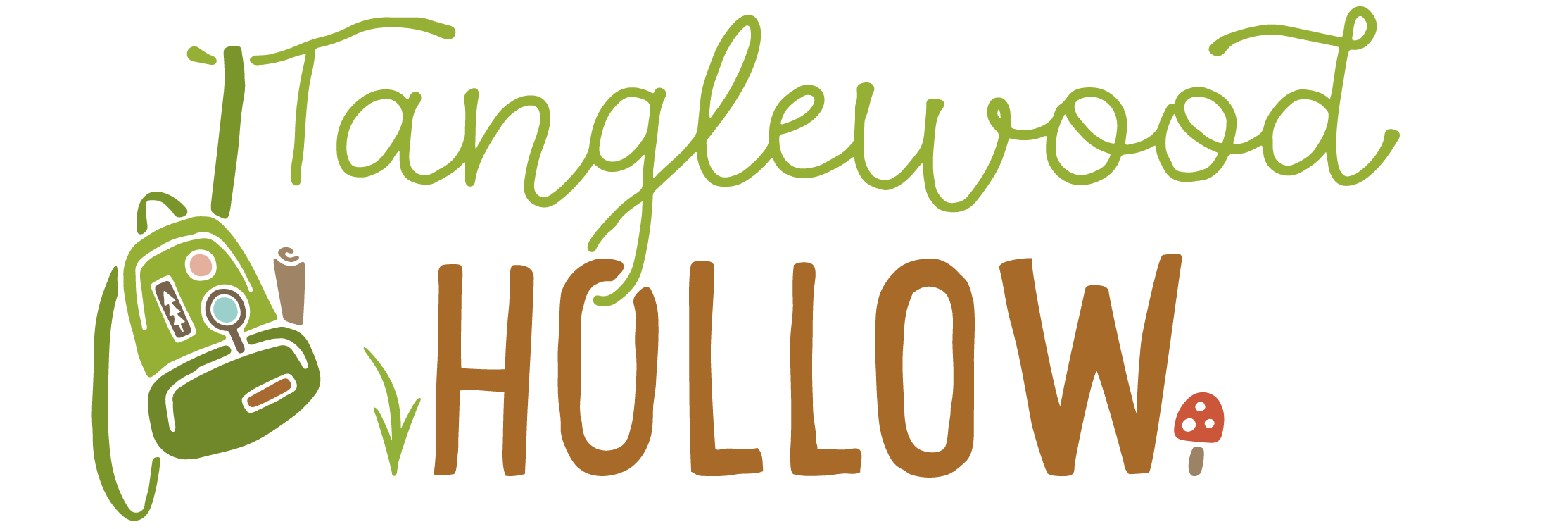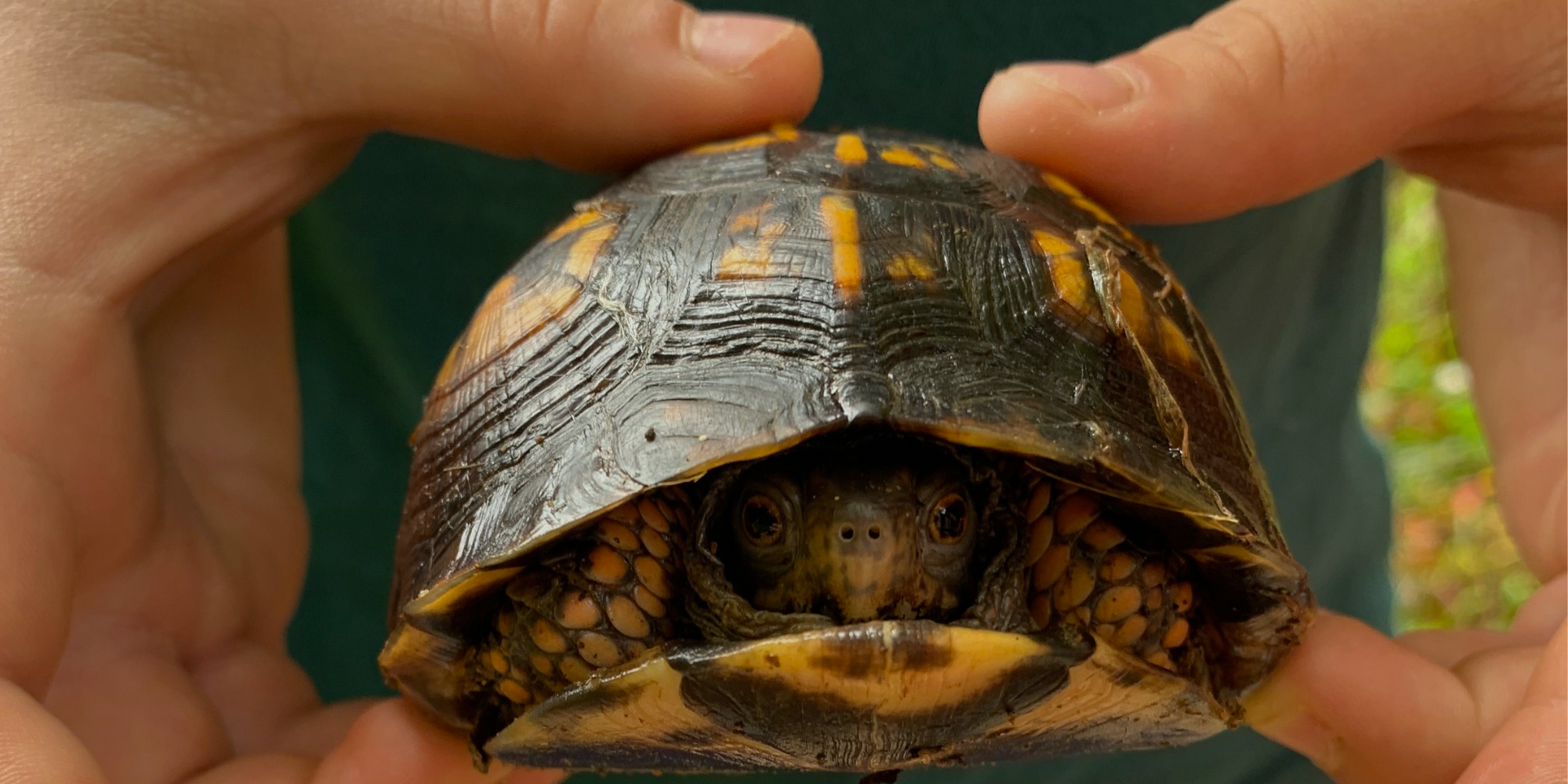It’s hard not to feel the weight of the world sometimes. News of disappearing species, changing climates, and threatened habitats can feel overwhelming- even for adults. And when children start asking questions, it can be tempting to protect them from the harder truths of conservation.
But here at Tanglewood Hollow, we believe in hopeful honesty. Kids don’t need to be shielded from the truth- they just need the tools, language, and opportunities to become part of the solution. With the right approach, conversations about conservation can inspire empowerment, empathy, and action... not fear.
In this Entry:
- Why Conservation Conversations Matter
- The Problem with Fear-Based Messaging
- Tips for Talking to Kids in Age-Appropriate Ways
- How to Spark Hope and Action
- Resources to Support Your Family’s Conservation Journey
WHY CONSERVATION CONVERSATIONS MATTER

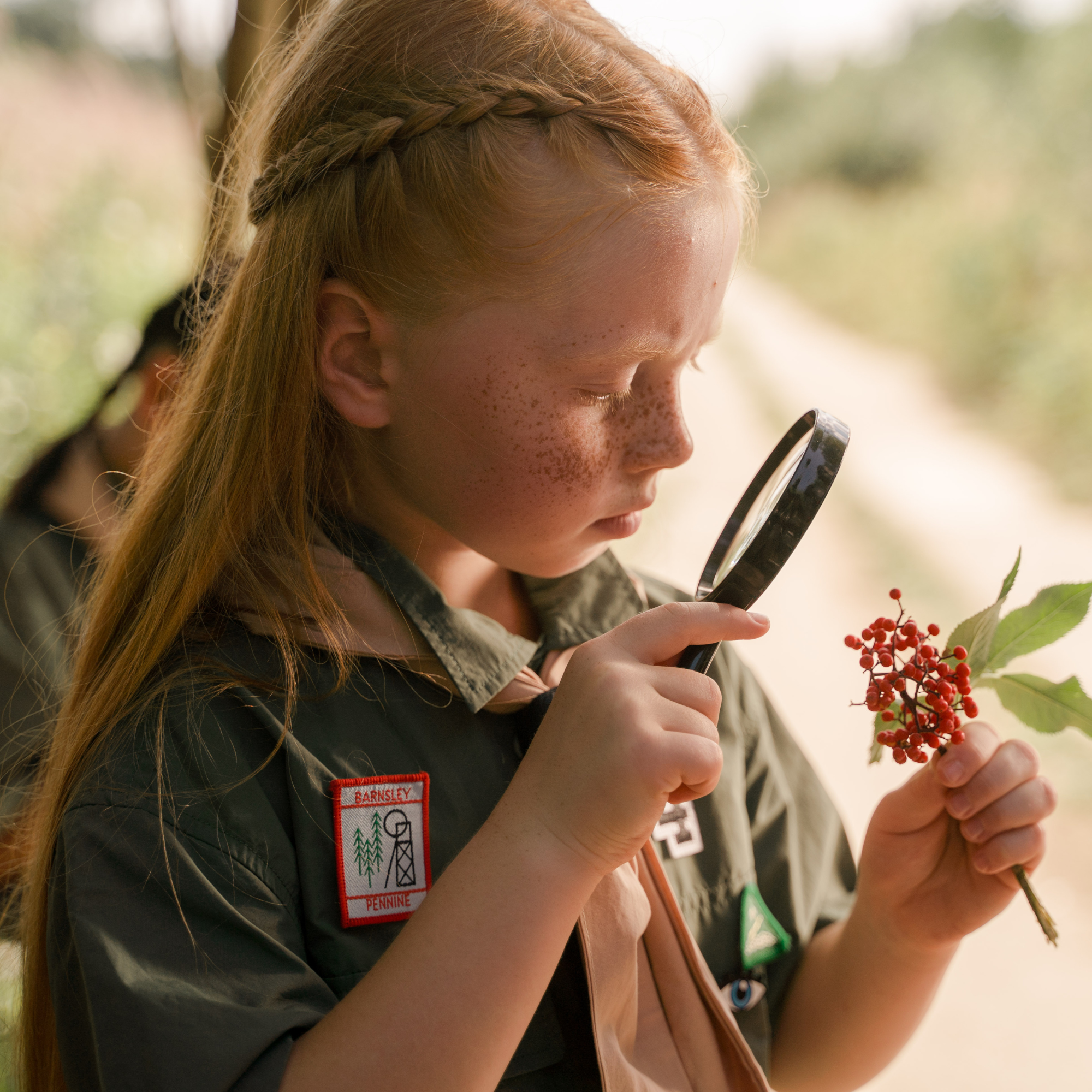
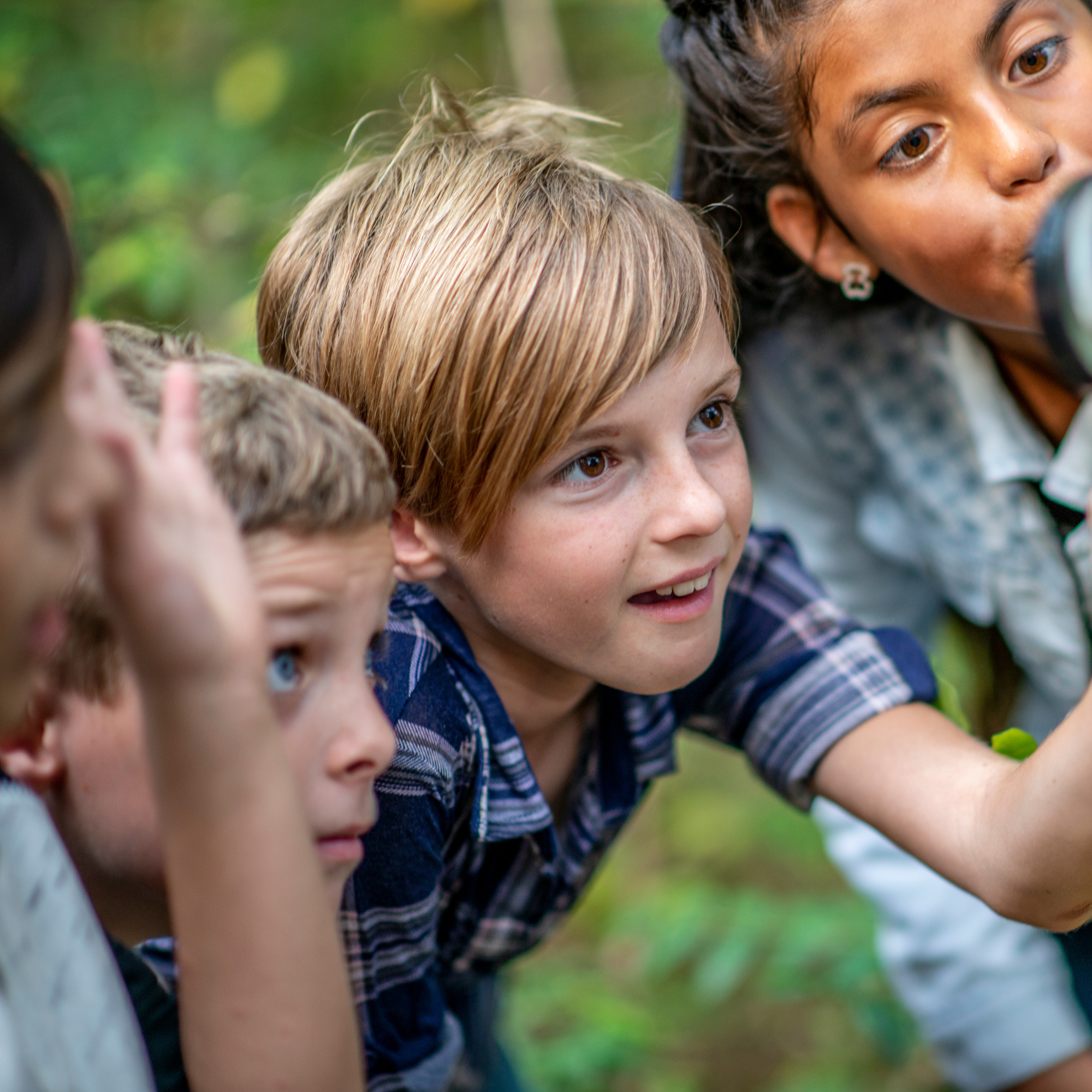
Children are naturally wired to care about the world around them. They marvel at frogs in puddles, collect acorns like treasure, and feel a deep sense of justice when they learn that animals are in danger. Talking openly about conservation shows them that their love for nature matters- and that their voice can make a difference.
When we invite kids into these conversations, we raise future scientists, naturalists, teachers, artists, and voters who will help shape a better world.
THE PROBLEM WITH FEAR-BASED MESSAGING
While it's important to be honest about the challenges facing our planet, too much doom and gloom can have the opposite effect of what we want:
- It can make kids feel anxious and helpless.
- It can shut down curiosity and learning.
- It can leave them believing that the problems are too big to solve.
Children thrive when they feel like they can do something. Fear might grab attention, but hope holds it.
And hope grows when children are trusted with the truth and offered a role to play. When we shift the conversation from “the world is in danger” to “the world needs helpers like you,” something changes. Their shoulders square a little. Their eyes light up. They begin to imagine themselves as part of the solution- as protectors, artists, scientists, gardeners, storytellers.
When we frame conservation as care- a way to love and tend the world around them- it becomes something they want to be part of, not something they’re afraid of.
And the truth is, children already know how to care. They do it instinctively. The wiggly worm on the sidewalk. The bird’s nest in the bush. The salamander they beg to check on after a rainstorm. Our role is to nurture that care, not weigh it down with guilt or despair.
By grounding these conversations in action, agency, and awe, we give them the tools not just to understand the world- but to love it fiercely and protect it well.
TIPS FOR TALKING TO KIDS IN AGE-APPROPRIATE WAYS
- Focus on Wonder First
Build a strong foundation of love and curiosity before diving into heavier topics. A child who feels connected to the natural world is more likely to care about protecting it.
"Did you know a Blanding’s turtle can live over 80 years?”
“Let’s go see if we can find pollinators in the garden today." - Be Honest, But Gentle
Use language that’s truthful without being overwhelming:
Instead of: “Plastic is killing the oceans,” try: “Some things we throw away can end up in the water and hurt animals. That’s why we try to use less and recycle what we can.” - Share Stories of Success
Let them know that change is possible- and that it’s already happening:
- Reintroduction programs saving species
- Local communities protecting forests or wetlands
- Kids just like them raising awareness or starting clubs - Encourage Empathy, Not Guilt
Frame conservation as an act of care, not shame. We’re all learning how to do better- and we get to be part of the story.
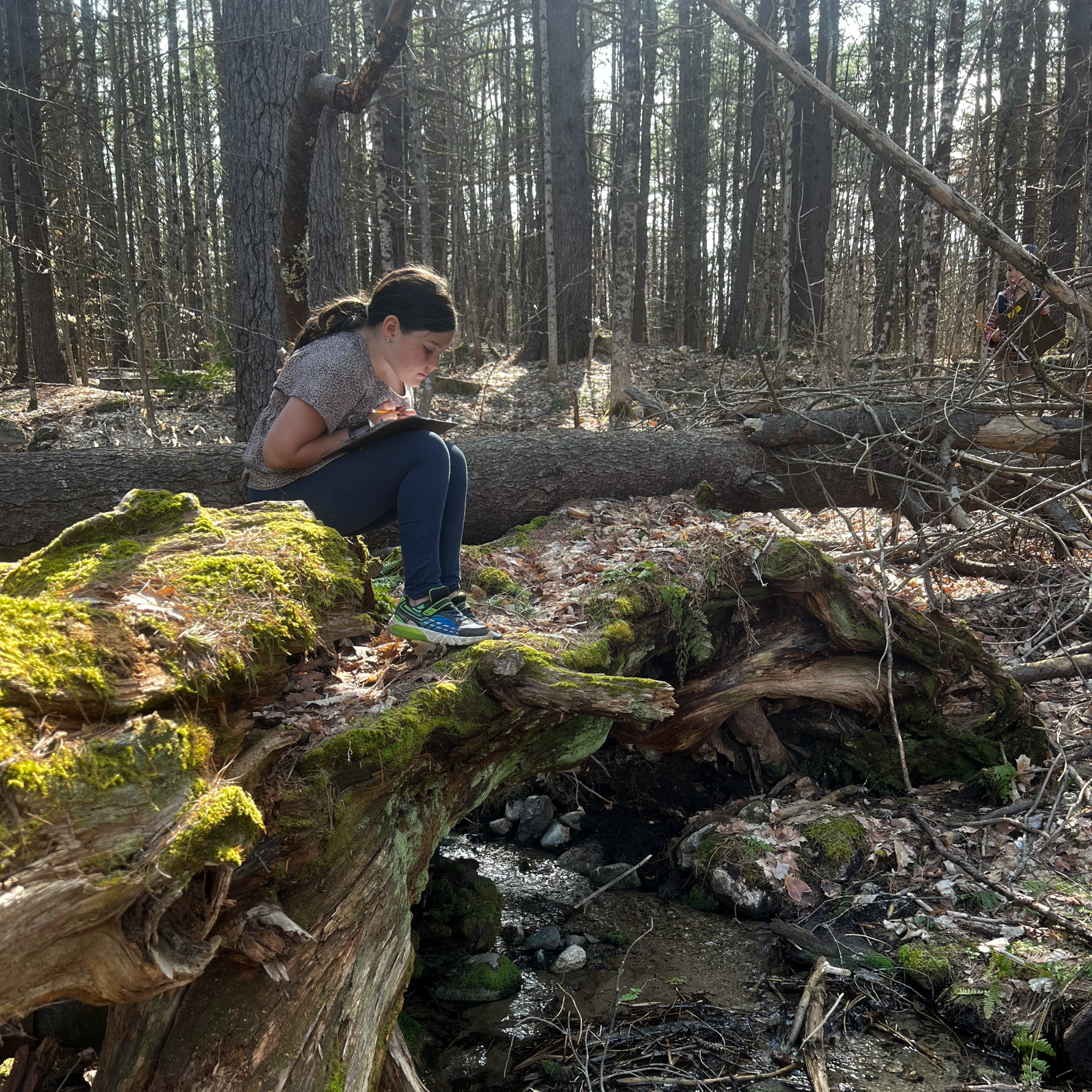

HOW TO SPARK HOPE & ACTION
Conservation doesn’t have to be abstract or global to be meaningful. In fact, the most impactful moments often start close to home.
Invite Kids to Take Action:
- Build a pollinator garden or plant native species
- Participate in a local clean-up or citizen science project
- Write letters to local leaders or businesses about protecting natural spaces
- Create art, zines, or posters that share messages of hope
- Make simple swaps at home (like reusable bags or containers)
Let them feel the power of doing something- even small.
RESOURCES TO SUPPORT YOUR FAMILY'S CONSERVATION JOURNEY
Books:
- “We Are Water Protectors” by Carole Lindstrom
- “Can We Really Help the Polar Bears?” by Katie Daynes
- “The Tantrum That Saved the World” by Megan Herbert & Michael E. Mann
"You Can Change the World" by Lucy Bell
Organizations to Follow:
- Wildlife conservation groups local to your region
- Citizen science platforms like iNaturalist or eBird
- Nature journaling communities or family-friendly field guides
At Tanglewood Hollow:
- Our workshops, classes, and Curious Kid’s Chronicle issues often highlight conservation in gentle, empowering ways- whether it's through studying Blanding’s turtles, dissecting wildflowers, or learning about species in our own backyard.
Conservation isn’t just about preserving what’s wild- it’s about protecting what we love. And love begins with wonder.
By talking to kids with honesty, empathy, and hope, we empower them to be curious, courageous, and connected. The world doesn’t need more fear- it needs more young people who believe their actions matter.
Let’s raise protectors, not panickers.
